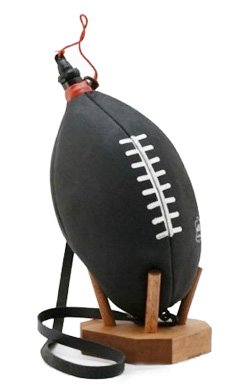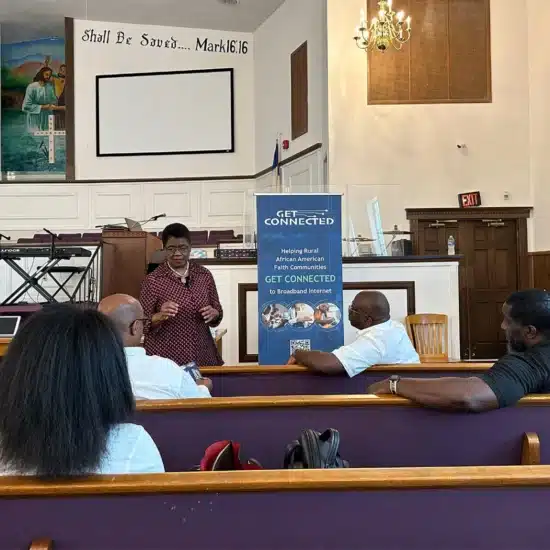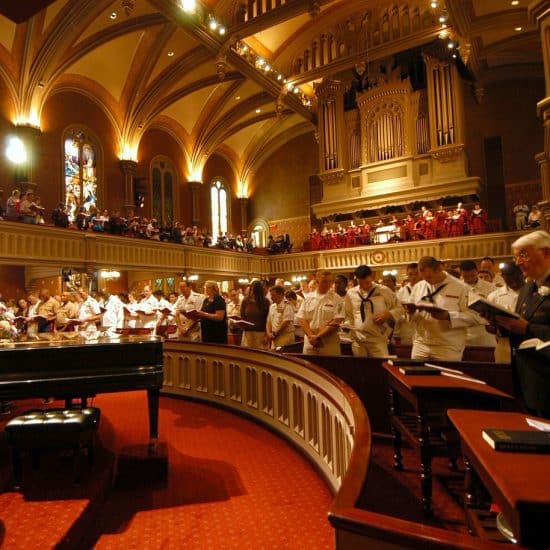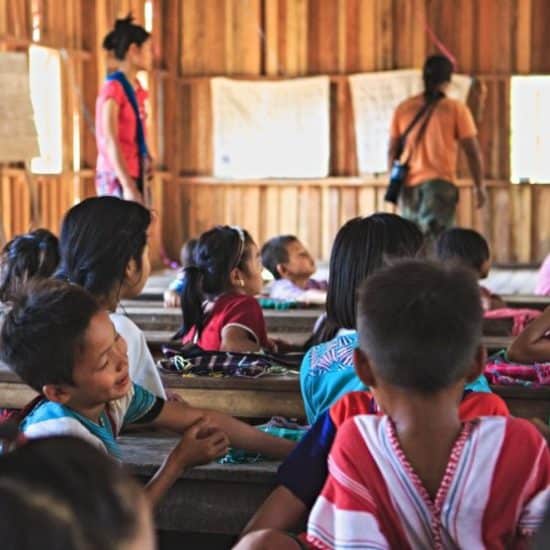FARMINGTON, Maine—Five years ago, five older women in Farmington, Maine, knew they faced a choice—watch their church die, or participate in a project that might help bring new life to their congregation. They were the only remaining members.

|
American Baptist Home Mission Societies, a partner with American Baptist Churches USA, had just launched the Missional Church Learning Experience to assist congregations that want to connect in deeper relationship with their communities while sharing the gospel.
On Aug. 1, 2007, Glynis LaBarre, transformational strategist for the American Baptist Home Mission Societies, was challenged to apply for a grant, but it had to be written within 10 days. Aware of the rapid changes society was and is undergoing, she also was challenged to develop a project that would help congregations use those changes to shift their focus from inside the church walls to outside them.
“We’re going through culture shock inside our own culture,” she told Nebraska American Baptists at their annual meeting in Septem-ber. “We have no home to go back to, though many of us try. …We try to turn our churches into bastions of the past.”
At one point, she was able to explain to a grant trustee how churches must change themselves to effectively minister in a “new” culture.
“I told the trustee how much church life was changing in the United States and that many churches were more in need of fresh vitality in their ministry than a new roof and more in danger of closing than freezing without a new furnace,” LaBarre wrote in the introduction to the book, Learning Mission, Living Mission, Churches that Work.
She introduced the Missional Church Learning Experience through the grant, receiving funds to begin formation of seven learning communities, each made up of teams from six to 12 churches. American Baptist Home Mission Societies contacted executive ministers in each ABC-USA region and attracted 66 churches that participated in the first effort.
Each learning community brings together a variety of people from at least six churches in a region. Each church team is encouraged to have five members—the pastor or an appointed leader, three lay leaders and one young person between the ages of 15 and 29. The young adult is the “cultural guide,” since he or she was “born into” the cultural shift, LaBarre wrote.
Through the Missional Church Learning Experience, the group of churches explores what God is trying to tell the church in today’s culture. Participants learn basic missional church principles, and then each team practices those by designing and implementing a small community project.
They learn how to listen to their communities, to look for potential partners and to discern their part in assisting the community as a whole.
The Farmington women knew their church had no heating oil for the winter, but they decided to participate in the learning experience anyway. As they listened to others in their town, they learned many residents were struggling with the cost of heating their homes. They also found several town leaders interested in figuring out a way to help.
At a mayor-called meeting, residents decided to open a warming center and chose Henderson Memorial Baptist Church as the place to house it. Everyone could turn down their thermostats at home and spend time at the church, conserving fuel they would need for heat each evening. A variety of ministries developed at the church as a result.
Other congregations across the country that have participated in Missional Church Learning Experience training continue to minister to their communities as a direct result—providing health screenings, teaching English, offering clothing, learning to speak Spanish to connect to residents and looking for more opportunities to minister—and always anticipating opportunities to share the gospel.
The church is the catalyst to bring a community together, LaBarre said. “We want to make sure over time that people understand God is doing it.”






